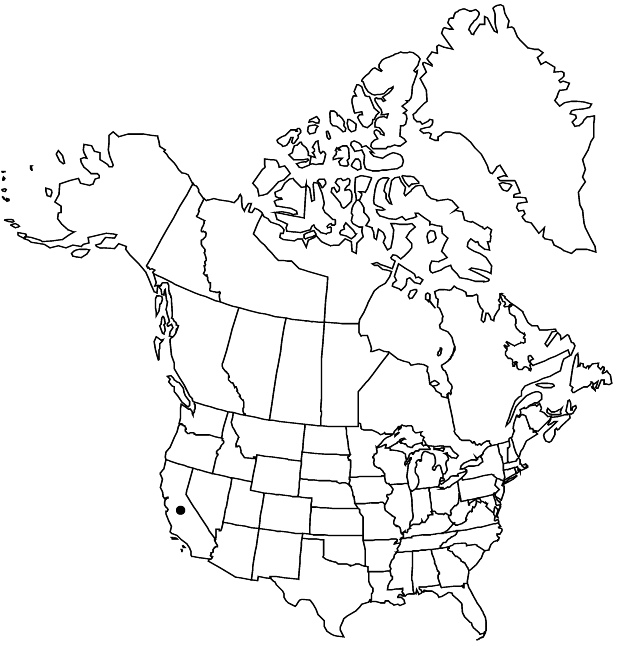Difference between revisions of "Boykinia rotundifolia"
Proc. Amer. Acad. Arts 13: 371. 1878,.
FNA>Volume Importer |
imported>Volume Importer |
||
| (One intermediate revision by the same user not shown) | |||
| Line 49: | Line 49: | ||
|publication year= | |publication year= | ||
|special status= | |special status= | ||
| − | |source xml=https:// | + | |source xml=https://bitbucket.org/aafc-mbb/fna-data-curation/src/2e0870ddd59836b60bcf96646a41e87ea5a5943a/coarse_grained_fna_xml/V8/V8_255.xml |
|genus=Boykinia | |genus=Boykinia | ||
|species=Boykinia rotundifolia | |species=Boykinia rotundifolia | ||
Latest revision as of 22:42, 5 November 2020
Plants: rhizomes proliferating underground. Flowering stems (30–)50–80(–130) cm. Basal leaves: petiole 5–22 cm; blade usually orbiculate-cordate, sometimes reniform, shallowly and indistinctly lobed, (3.5–)7–16 × (4–)9–18 cm, margins 2–3-times serrate. Cauline leaves: stipules 1–2 mm expansions of petiole base, fringed with brown hairs. Inflorescences ± pyramidal, (10–)15–25-flowered per primary branch. Pedicels densely stipitate-glandular. Flowers: hypanthium campanulate, free portion 1–2 mm, densely stipitate-glandular; sepals erect, triangular to lanceolate, 1.5–2 mm, apex acute; petals narrowly spatulate, 2–3 × 1 mm, shorter than or to 1.5 times as long as sepals, base tapered to claw, margins plane; nectary green; stamens 1.2–1.6 mm; ovary 2/3 inferior. Capsules ovoid, turbinate, or urceolate. Seeds usually black, tuberculate. 2n = 14.
Phenology: Flowering early-mid summer.
Habitat: Damp woodlands, margins of lakes, ponds, and watercourses, often on disturbed soil, trailsides, mudslides
Elevation: 800-2000 m
Distribution

Calif., Mexico (Baja California).
Discussion
The record of Boykinia rotundifolia from “Lower California” (Williamson, 20 July 1901, PH) is the only collection seen from Mexico. The species is occasionally grown in gardens.
Selected References
None.